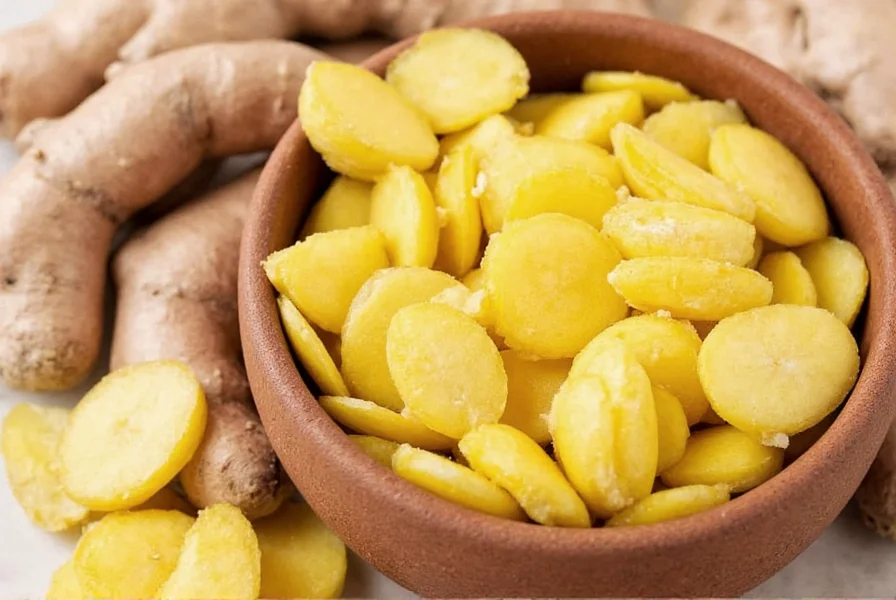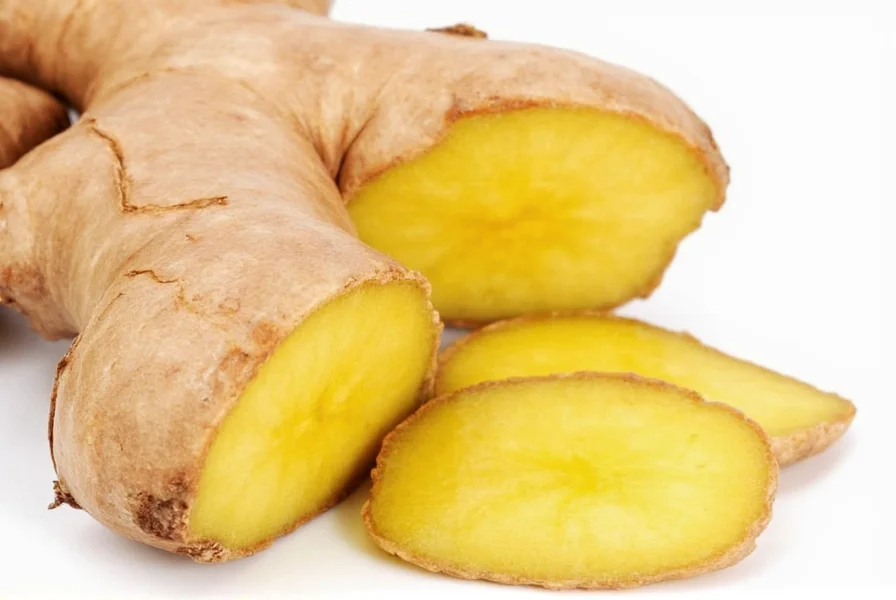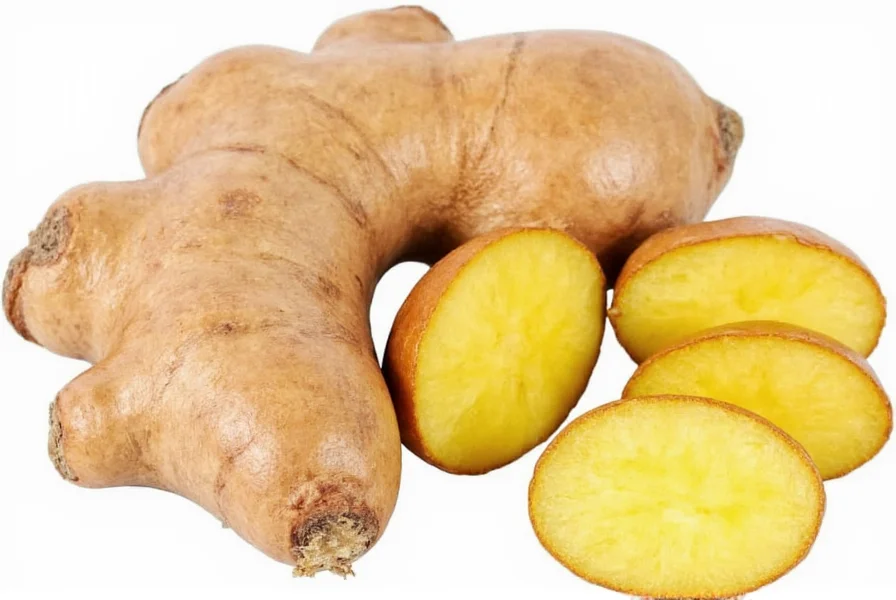Understanding Ginger: Botanical Definition and Characteristics
Ginger represents one of the world's most versatile botanicals with a documented history of human use spanning over 5,000 years. The scientific definition of ginger centers on Zingiber officinale, a herbaceous perennial plant native to Southeast Asia that grows up to three feet tall with narrow leaf blades and yellow-green flowers. What many refer to as “ginger root” is technically a rhizome—an underground stem that stores nutrients and enables the plant to propagate.

Botanical Classification and Varieties
The precise botanical definition distinguishes ginger from similar plants. As a member of the Zingiberaceae family, ginger shares characteristics with other aromatic plants but maintains unique properties:
| Classification Level | Scientific Designation | Significance |
|---|---|---|
| Kingdom | Plantae | Confirms plant origin |
| Family | Zingiberaceae | Distinguishes from unrelated “roots” like cassava |
| Genus | Zingiber | Identifies close relatives like turmeric (Curcuma) |
| Species | officinale | Specifies medicinal/culinary variety |
Physical and Chemical Properties
Ginger's distinctive characteristics stem from its complex chemical composition. The fresh rhizome features a tan to light brown skin with a fibrous texture and yellowish interior. Its pungency comes primarily from gingerols, particularly 6-gingerol, which transforms into zingerone when cooked and shogaols when dried. These compounds create ginger's signature spicy warmth while contributing to its potential therapeutic properties.
Distinguishing Ginger from Similar Terms
Understanding the precise definition of ginger requires distinguishing it from related concepts:
- Ginger root – Common misnomer; technically a rhizome, not a true root
- Ginger (color) – Refers to reddish-orange hair color, unrelated to the plant
- Ginger (slang) – British colloquialism for someone with red hair
- Ginger (beverage) – Carbonated drinks flavored with ginger
Culinary Applications of Ginger
Chefs and home cooks value ginger for its versatility across global cuisines. Fresh ginger provides a bright, sharp flavor that enhances both sweet and savory dishes. When selecting ginger for culinary use, look for firm rhizomes with smooth skin and minimal wrinkles. Proper storage in a cool, dark place can maintain freshness for several weeks. The compound gingerol breaks down when heated, transforming the flavor profile from sharp to more mellow and sweet.
Evidence-Based Health Considerations
Research suggests ginger may support digestive health and reduce nausea, particularly for pregnancy-related morning sickness and postoperative recovery. The American College of Gastroenterology recognizes ginger as a potential complementary approach for managing nausea. However, ginger supplements should not replace medical treatment for serious conditions. Most studies use standardized extracts containing 1.2-1.5 grams of ginger daily, though culinary use typically involves smaller quantities.
Cultural Significance Through History
Ginger's historical journey reveals its importance across civilizations. Ancient Chinese and Indian medical texts document ginger's use over 2,000 years ago. Roman traders valued it so highly that one pound equaled the cost of a sheep. During the Middle Ages, ginger ranked among Europe's most traded spices, featured in both culinary and medicinal applications. This historical context helps explain why ginger appears in traditional medicine systems worldwide, from Ayurveda to Traditional Chinese Medicine.
Common Misunderstandings About Ginger
Several misconceptions persist about ginger that warrant clarification. Despite popular belief, ginger doesn't “cure” colds but may alleviate certain symptoms. The “raw” sensation some experience comes from gingerols interacting with oral receptors, not an allergic reaction. Additionally, while often called “ginger root,” this term technically misrepresents its botanical structure as a rhizome. Understanding these distinctions contributes to accurate knowledge about this versatile botanical.

Practical Selection and Usage Tips
When incorporating ginger into your cooking or wellness routine, consider these evidence-based recommendations:
- Choose firm rhizomes without soft spots or mold
- Store unpeeled ginger in the refrigerator for up to three weeks
- Freeze whole ginger for extended storage (up to six months)
- Grate ginger frozen for easier handling and more complete extraction
- Use fresh ginger early in cooking for stronger flavor, later for subtler notes











 浙公网安备
33010002000092号
浙公网安备
33010002000092号 浙B2-20120091-4
浙B2-20120091-4